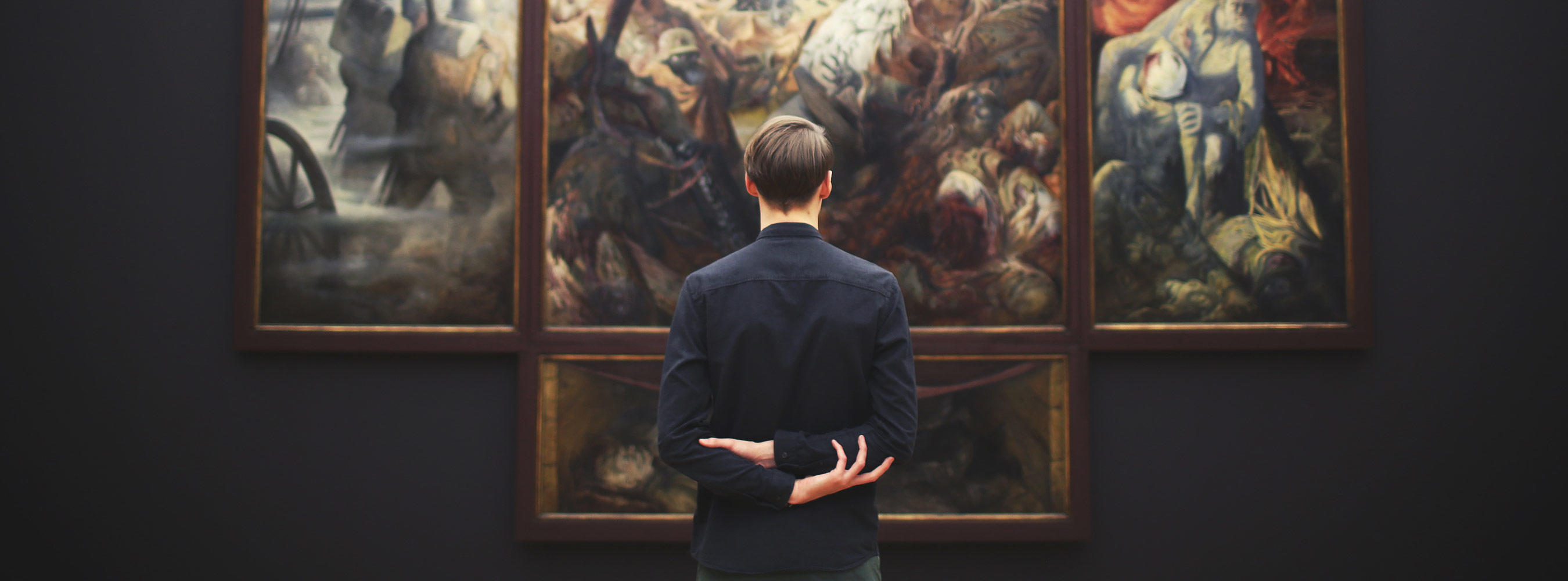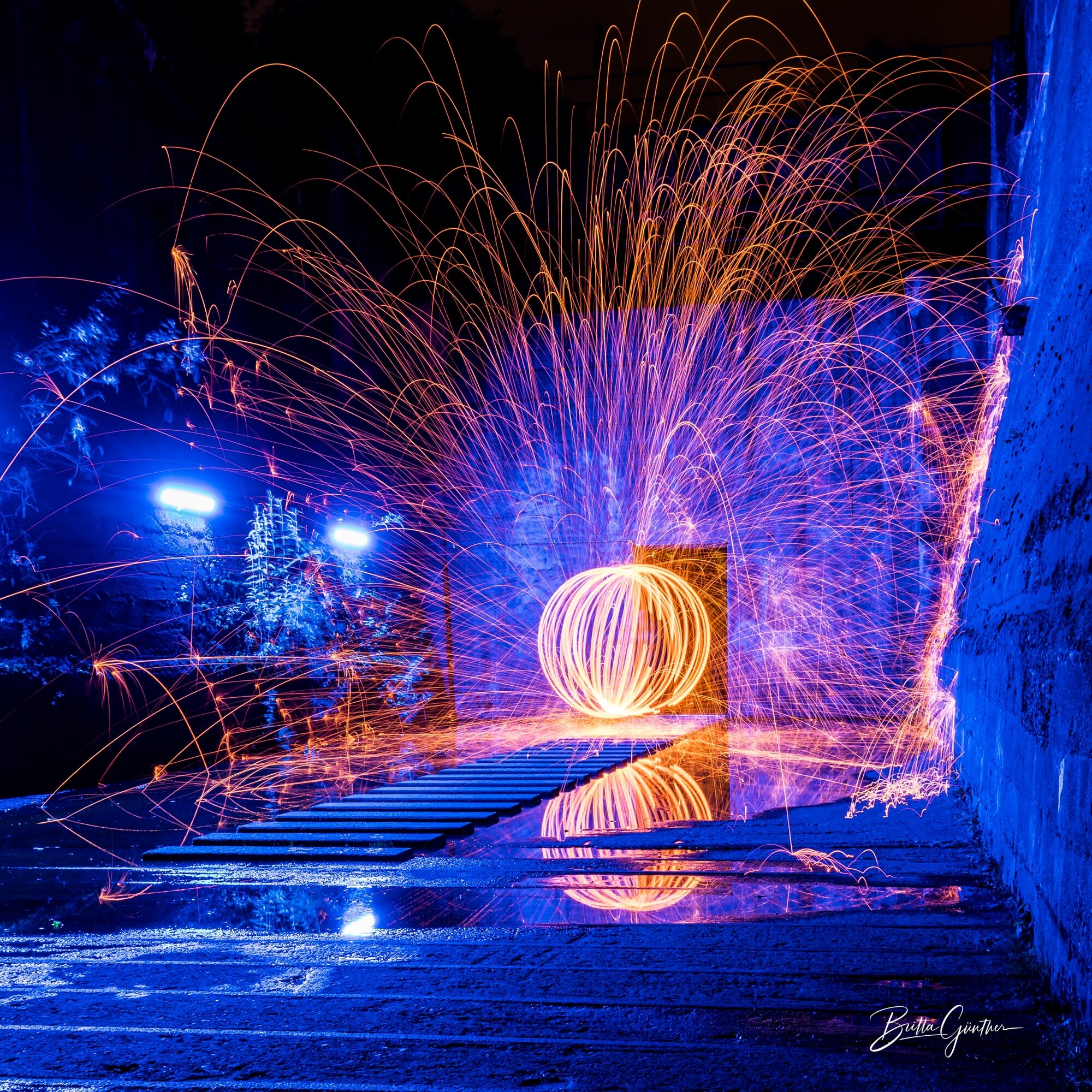

They have to ‘hang together’ spatially – and you won’t get that if the canvas is closer to the ceiling than it is to the furniture below it. As Michelle explains it: “think of your furniture and art as one single block, not as two separate, unrelated, objects. Not too high (see AttikoArt) - centre of pic at eye level, or even lower in a sitting room when most people are sitting on sofasĪnother top tip from AttikoArt is to ‘tie’ artworks to accompanying furniture beneath them - whether chairs, tables or sideboards and cabinets. The centre of a picture should be at eye level, or even lower in a sitting room where most of your time is spent low down on sofas. You can achieve this by placing the picture light centrally above the picture, and at a 30 to 35 degree angle to minimise glare.Īccording to Michelle and Melissa, the art and interiors experts at AttikoArt, the number one mistake people make when hanging artworks in their homes is to position them too high. The goal when positioning a picture light over an artwork is an even spread of light over the whole of the picture, avoiding as far as possible a ‘hot spot’ on the top half. (Pooky's picture lights all come with light sources with a CRI of 80+.)Ĥ) Position the picture light correctly over the artwork A CRI of 80 and upwards is what you’re looking for. But for illuminating artworks it can make all the difference. For most bulbs around the house the CRI isn’t all that important - brightness and warmth tend to matter more. It’s a percentage scale from 0 to 100, with 100 being perfect. The Colour Rendering Index (CRI) indicates how ‘accurate’ a light source is at rendering colours. As for how much light you need from the bulb, there’s another rule of thumb: you want to illuminate the artwork with about three times more brightly than the rest of the room.ģ) Use a picture light with a high Colour Rendering Index (CRI) Good LED bulbs also provide a clear, white or warm white light that’s perfect for pictures. They don’t give off heat, they are extremely cheap to run and they last for ages. Museums and galleries now routinely use modern LED bulbs - and with good reason. The days when energy-efficient bulbs were inferior to incandescent bulbs are thankfully behind us.

For landscape pictures, choose a picture light that’s between a third and a half of the picture width.For portrait pictures, choose a picture light that’s about half the width of the picture.

There are a couple of rules of thumb for getting the size right: Obviously, the bigger the picture, the more light you’ll need to illuminate it, but it also depends on whether the artwork is in a portrait or landscape format. Here’s our handy 7-point guide to everything you need to know about picture lights. You need to make sure you protect original paintings from light damage, and there are some rules of thumb for correct positioning will give your masterpieces the maximum impact and wow factor. If you’ve invested in a valuable artwork you’ll naturally want to highlight it – but any striking print or photo will look even more so under a picture light. Picture lights aren’t just for museums and galleries – you can bring a splendid sense of drama to a room by illuminating a favourite painting or photograph with its own special spotlight. Here’s everything you need to know about using picture lights to illuminate your artworks.


 0 kommentar(er)
0 kommentar(er)
